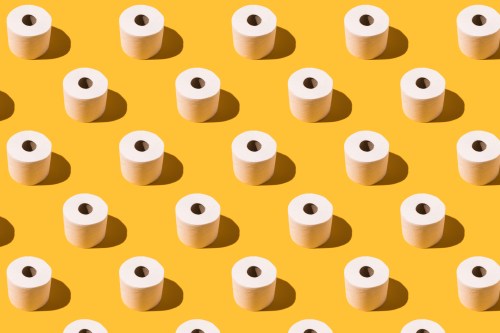Actor Danielle Fishel, who stole hearts in the ’90s as Topanga Lawrence on the sitcom Boy Meets World, revealed today that she’s been diagnosed with early stage breast cancer—specifically, DCIS, or ductal carcinoma in situ. Fishel, who turned 43 this year, shared her health update on a recent episode of Pod Meets World, the podcast she hosts along with former Boy Meets World co-stars Rider Strong and Will Friedle.
“I was recently diagnosed with DCIS, which stands for ductal carcinoma in situ, which is a form of breast cancer,” Fishel said in the opening of the episode, reassuring listeners by saying “it’s technically stage zero.” Fishel credits her annual mammogram with catching the cancer so early. She got a text message reminder to schedule the scan, she says, and she made the appointment right away.
What is DCIS breast cancer?
DCIS is a type of breast cancer that affects the cells lining the milk ducts in the breast, according to Johns Hopkins Medicine. Fortunately, it’s not an aggressive cancer, meaning it doesn’t spread through the body. It’s often caught during routine mammograms before any symptoms show up, but if it progresses, it might cause breast itching or sores—not the typical lump many of us associate with breast cancer. DCIS is usually treated with surgery and sometimes with radiation, per Johns Hopkins.
What Fishel says is next
Though Fishel explained she had initially planned to keep the news private, she decided to share her diagnosis to spread awareness. Fishel told fans she’ll have surgery to remove the cancerous cells, and then her medical team will decide if she needs any additional treatment.
Overall, Fishel’s prognosis seems bright, based on the information she shared. But her story is a reminder of just how important it is to get regular mammograms. According to the American Cancer Society (ACS), women with no personal or family history of breast cancer who do not have a BRCA gene mutation and have not had chest radiation therapy before age 30 have the option to start getting yearly mammograms at age 40, while those ages 45 to 54 should get a mammogram every year. Women ages 55 and older can switch to getting a mammogram every other year. People who are at high risk for breast cancer should get a breast MRI and mammogram every year starting at age 30, per the ACS.
So if you’re due for a breast checkup, please call your doc sooner rather than later. After all, as Fishel notes on the podcast: “If you have to find out you have cancer, find out at stage zero if possible.”
Sign Up for Our Daily Newsletter
Get all the latest in wellness, trends, food, fitness, beauty, and more delivered right to your inbox.
Got it, you've been added to our email list.










